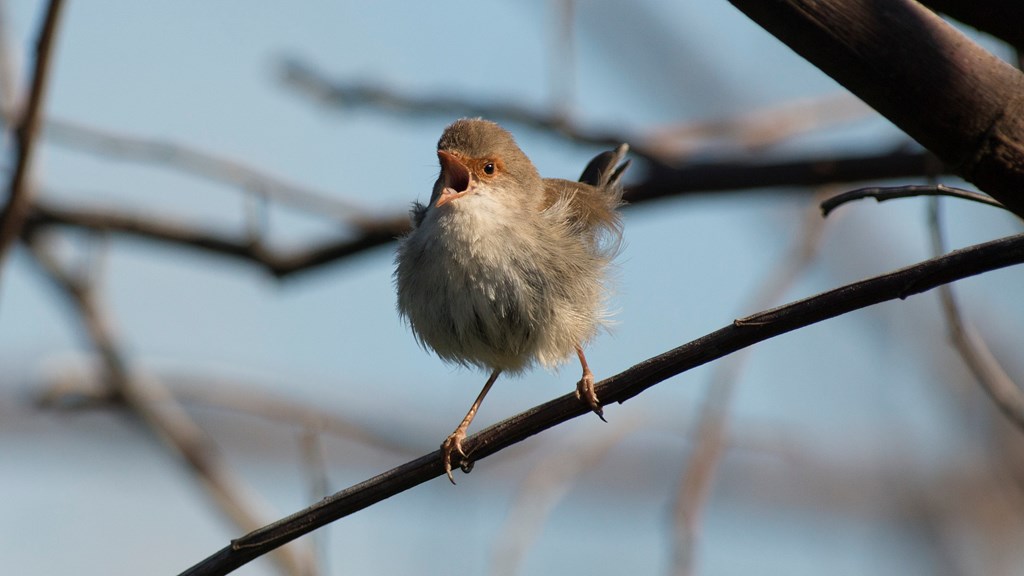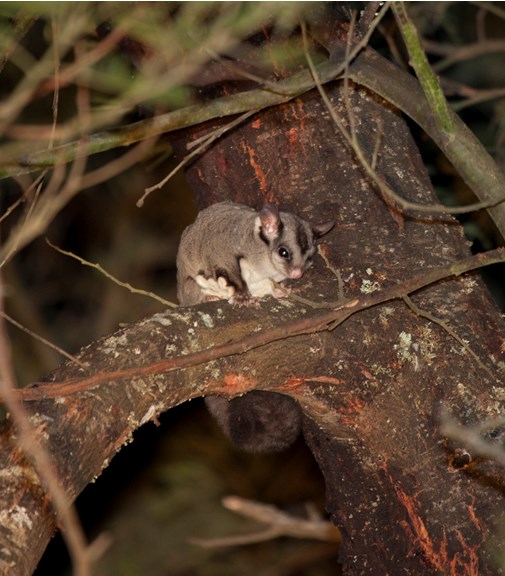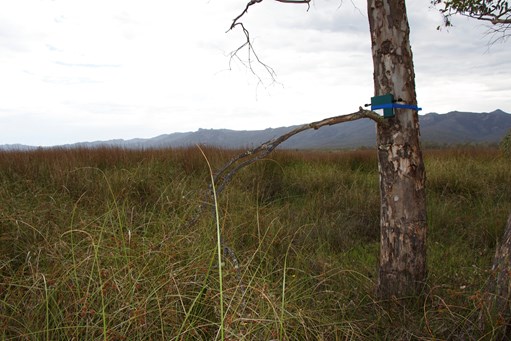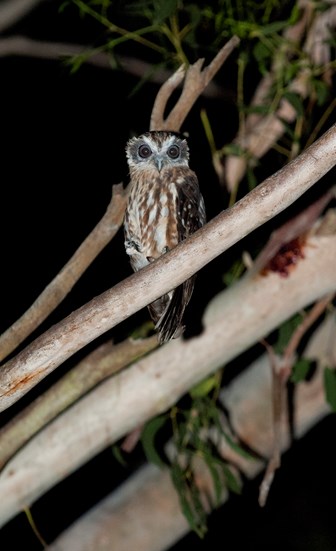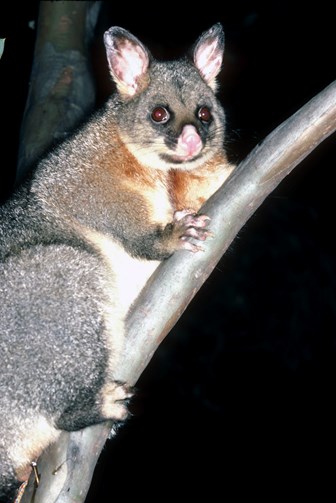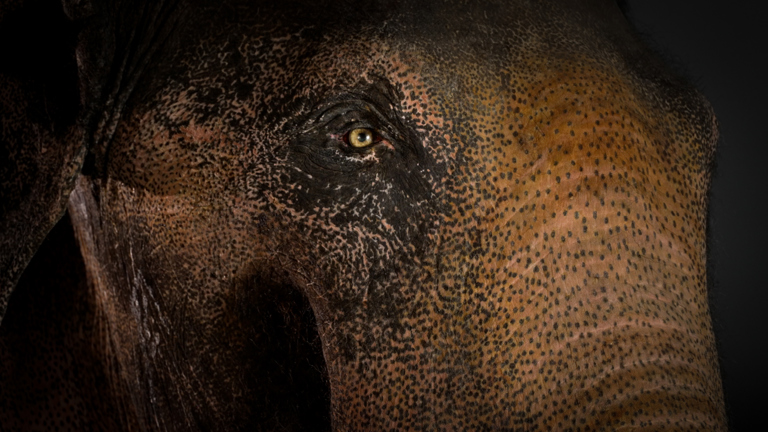Listening for Nature
Comprehensive wildlife surveys are essential for documenting and managing biodiversity and researchers now listen as well as look.
Information on species presences in the past has helped shape our understanding of their distributional ranges, their preferred habitats, and their annual and seasonal movement patterns across the landscape. They also serve as an important baseline for understanding how species distributions and movements are changing in light of ever increasing pressures from extractive land practices, climate change, invasive species, and disease. However, in order to map these rapid changes across complex landscapes, surveys must be regular and on-going to ensure any necessary management actions are taken quickly before it’s too late.
With more than 237,000 square kilometres of land in the state of Victoria alone, wildlife monitoring is a daunting task. The same can be said for hotspots around the globe that are likely to contain undocumented or even undiscovered biodiversity but have never been the subject of intensive wildlife inventories due to their remoteness.
Birds, frogs and mammals serve as important components of functional ecosystems and their diversity and abundance can serve as indicators of ecosystem health. Traditionally, dedicated and trained research scientists, volunteers and nature enthusiasts undertake field surveys to listen and look for animals at a specific location for a set amount of time. These data provide information not only on the species present, but also indicate the amount of time spent looking for these animals.
This information is critical for evaluating whether or not species are disappearing from sites if they are not detected during a normal timed survey. However, because of the time-intensiveness and skill needed, only a small amount of habitat can be surveyed during a given season.
For species that are vocal, including birds, frogs and mammals, the field of bioacoustics may have an answer. Bioacoustics is the study of animal sounds, including sound production and propagation and how these sounds are used in animal communication. Recent advances in digital audio recording technology have resulted in our ability to record animal sounds in the wild including songs, calls, grunts and croaks.
These small, weatherproof audio systems, can gather tremendous amounts of data and since many vocal species make unique, species-specific sounds, skilled listeners can carefully review the field recordings back in the lab and determine which species are present. The audio recorders can also record sounds over days, weeks, months and even years giving researchers a better picture into the changes in wildlife communities through time.
However, listening to recordings one by one can pose challenges as it takes a long time to review months or more of data across sites. This problem can be addressed by ‘visualising sound’ digitally using spectrograms, which display sound as changes in frequency (pitch) over time. In the case of species-specific sounds like calls and songs, these spectrograms can be used to generate a model of the species’ vocalisation, called a recogniser. This model can then be use to find matching vocalisations in collected field recordings, greatly reducing the amount of time it takes to determine which species are present at a site.
Since 2012, Dr. Karen Rowe and her students at Museums Victoria have been conducting research in the field of bioacoustics and in 2015, began Listening for Nature. The Listening for Nature research programme uses digital acoustic technology and bioacoustic approaches to document species presences and evaluate their use of habitats over time and geographic space.
This work is based on gathering field recordings from sites throughout the state of Victoria, as well as overseas in the US and Indonesia. These field data are then brought back to the lab where they archived in Museums Victoria’s digital sound library and analysed to identify which species are present at a given sites, how vocal activity patterns affect their likelihood of being detected in a field recording, and how their presence at a site changes over time and space due to environmental and human-induced factors.
Many projects are underway within the Listening for Nature programme. For example, an intensive study in the Grampians National Park in 2013 showed that some species of birds, for example the nocturnal Southern Boobook, were best detected in the morning, rather than during the evening when they are traditionally surveyed. Targeting survey efforts to when species are calling the most means less effort must be spent finding them at a given site and lets researchers move on to other potential sites more quickly.
Another project is currently looking at how well acoustic surveys can detect arboreal mammals, including sugar gliders and brush-tail possums. These species are traditionally surveyed using an intensive process of spotlighting. Acoustic recorders may provide a less intensive survey technique that can be conducted simultaneously over larger areas than would be possible using spotlight surveys. Work in Sulawesi Island, Indonesia across an elevational gradient in more remote and un-surveyed areas has shown that singing activity of birds shows a very distinct and predictable pattern throughout the day. These results suggest how best to design surveys to document biodiversity in these difficult to reach areas while maximising the number of species that are detected.
Other research in the Rowe Lab explores how well recognisers can automatically identify many different species of birds within field recordings. The focus of these efforts is on a group of Southeastern Australian parrots, many species of which have shown significant population declines in recent years. By creating an automated identification ‘toolbox’ to quickly scan field recordings, managers and conservation officers can monitor populations of these species over time, enabling rapid intervention when needed.
In 2016, the Listening for Nature project expanded to include the Victorian National Parks Association in a co-created programme, Communities Listening for Nature. This programme provides the skills and expertise of acoustic monitoring at Museums Victoria’s to engaged community groups, land managers and other stakeholders in order to enable them to design, conduct and carry out acoustic monitoring projects on their own properties and state parks.
Three community-based projects are currently underway exploring how birds respond to revegetation and whether particular threatened species can be found within certain state parks.
These advances in digital sound recording and processing provided an unparalleled opportunity to improve our understanding of the diversity and distribution of vocal species, and provide a permanent record of their sounds within Museums Victoria’s digital sound library. In turn, these recordings can continue to provide data for researchers in the field of bioacoustics in Victoria, Australia and the world.
Funding for the Listening for Nature Research Programme has been provided by the Hugh D. T. Williamson Foundation, the Ian Potter Foundation, BirdLife Australia, and the American Ornithological Society. Additional funding from the Helen Macpherson Smith Trust to the Victorian National Parks Association enabled the Communities Listening for Nature project.
You can find out more about Dr Karen Rowe's research at the Rowe Bioacoustics Lab website.
The ParkWatch Newsletter also features a great article about the project.
